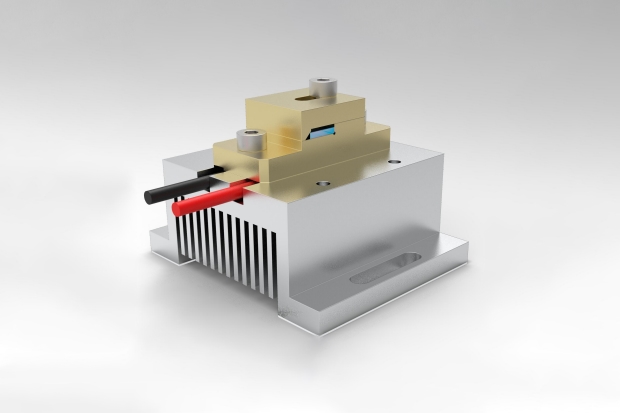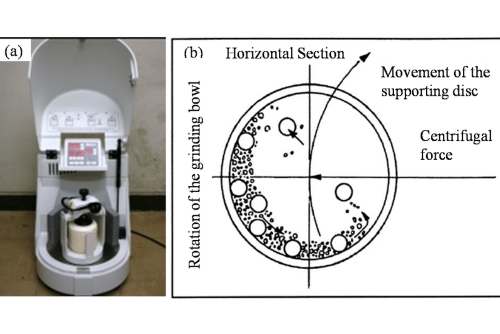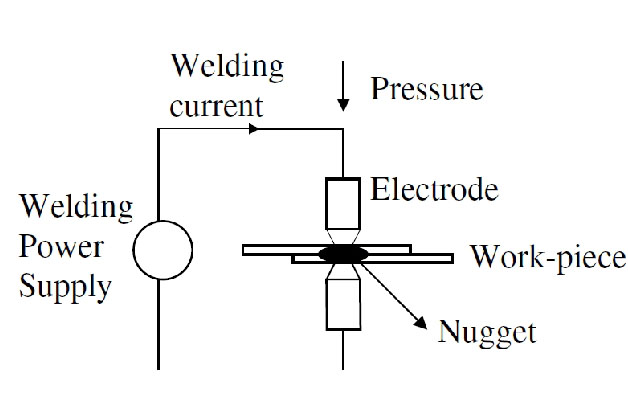How Temperature-Controlled Ovens Enable Quasi-Phase Matching in PPLN
Periodically Poled Lithium Niobate (PPLN) crystals are one of the cornerstones of today’s nonlinear optics. The ability of these crystals to perform efficient wavelength conversion of light has unlocked the fields of laser advancements, telecom, quantum optics, and spectroscopy. Behind their functioning is a delicate process known as quasi-phase matching (QPM). Maintaining this regime and realising it entails delicate control of the temperature, most commonly attained by employing temperature-controlled ovens.

Understanding Quasi-Phase Matching in PPLN
PPLN and other nonlinear crystals are used in processes such as second-harmonic generation (SHG), optical parametric oscillation (OPO), and difference frequency generation (DFG). In all these processes, two or more photons interact within the crystal to generate light at a different wavelength. For effective conversion, interacting light waves must remain in phase as they propagate through the crystal.
In actuality, perfect phase matching never occurs naturally due to dispersion, where different wavelengths travel at different speeds in the crystal. Discrepancy leads to destructive interference and reduces conversion efficiency.
In order to solve this, researchers developed quasi-phase matching. Instead of relying on natural birefringence, they periodically reverse lithium niobate's ferroelectric domains. The reversal, typically through electric-field poling, re-syncs the phase mismatch on a regular basis. The result is constructive accumulation of the desired optical signal.
However, the exact conditions for QPM rely on the refractive indices of the crystal, which are highly temperature-sensitive. It is here that thermal control proves necessary.
Why Temperature Control Matters in PPLN
The refractive index of lithium niobate changes with temperature. Even slight variations—tens of degrees—can affect the phase-matching condition. For processes that require stable and efficient frequency conversion, such as generating green light from infrared lasers or generating entangled photon pairs for quantum communication, spontaneous temperature change can be detrimental.
For example:
•A 1 °C temperature shift in SHG experiments can move the phase-matching wavelength a few hundredths of a nanometre.
•Thermal drift in OPOs can cause mode hopping, unstable output power, or even lead to no oscillation at all.
•Terahertz generation efficiency relies highly on having well-defined thermal conditions.
PPLN crystals must thus be placed within a temperature-controlled oven, with crystal conditions stabilised to fractions of a degree.
How PPLN Temperature-Controlled Ovens Work
A PPLN temperature-controlled oven is not your average laboratory heating device. It is a finely crafted machine that is designed to provide:
1.Uniform Heating – The oven assures that every region of the crystal experiences the same temperature. Inconsistent heating can distort the domain structure and generate different performances.
2.High Accuracy Stability – High-performance ovens are capable of maintaining temperatures with precision enhanced beyond ±0.1 °C. This precision keeps the quasi-phase-matching condition firmly in place for extended experiments.
3.Broad Tuning Range – Temperature is tunable to adjust the effective refractive index of the PPLN crystal. It allows phase matching over a range of input wavelengths or targeted output frequencies.
4.Minimum Thermal Drift – Insulated designs, commonly using PID (proportional-integral-derivative) control loops, minimise the influence of external variation, e.g., room temperature changes or laser heating.
5.Small Form Factor – Micro-ovens in integrated or chip-scale designs are utilised. The miniature-sized heating platforms offer waveguide-based PPLN device temperature stabilisation with compactness for convenient utilisation in portable setups.
Applications Enabled by Thermal Control in PPLN
Because quasi-phase matching is sensitive to temperature, temperature-controlled ovens hold the key to many applications:
•Laser Frequency Doubling (SHG): Interconversion of near-infrared lasers to green light, for example, Nd:YAG 1064 nm to 532 nm conversion.
•Optical Parametric Oscillators (OPOs): Generation of widely tunable coherent light sources in the visible and infrared spectra.
•Quantum Optics: Generation of entangled pairs of photons for quantum key distribution and computation.
•Terahertz Wave Generation: Enabling THz spectroscopy and imaging through difference frequency generation in PPLN.
•Telecommunications: Enabling wavelength conversion and signal processing for fibre optic communications.
In all of these applications, uniform temperature control ensures not just efficiency but also reproducibility and the long lifespan of the device.
SAM's PPLN Temperature-Controlled Oven
Stanford Advanced Materials (SAM) supplies a temperature control system specially made for PPLN crystals. The system includes the oven body and external controller, working together to maintain crystal temperature stability for phase matching assurance.
The oven chamber can accommodate PPLN samples as large as 50 mm × 10 mm × 2 mm (L × W × H), and thus it can be utilised for both lab research and real photonic systems. With its wide temperature tuning range, users are able to easily alter and adjust conditions, and tuning is simple and rapid.
These capabilities render SAM's PPLN temperature-controlled oven a universal and reliable research and industrial instrument.
Conclusion
Temperature-controlled ovens are not accessories in nonlinear optics; they are quasi-phase matching enablers in PPLN crystals. They stabilise and control the thermal environment to enable control over refractive indices and, extremely importantly, maintain the sensitive balance needed for efficient frequency conversion.

 Bars
Bars
 Beads & Spheres
Beads & Spheres
 Bolts & Nuts
Bolts & Nuts
 Crucibles
Crucibles
 Discs
Discs
 Fibers & Fabrics
Fibers & Fabrics
 Films
Films
 Flake
Flake
 Foams
Foams
 Foil
Foil
 Granules
Granules
 Honeycombs
Honeycombs
 Ink
Ink
 Laminate
Laminate
 Lumps
Lumps
 Meshes
Meshes
 Metallised Film
Metallised Film
 Plate
Plate
 Powders
Powders
 Rod
Rod
 Sheets
Sheets
 Single Crystals
Single Crystals
 Sputtering Target
Sputtering Target
 Tubes
Tubes
 Washer
Washer
 Wires
Wires
 Converters & Calculators
Converters & Calculators
 Write for Us
Write for Us
 Chin Trento
Chin Trento



